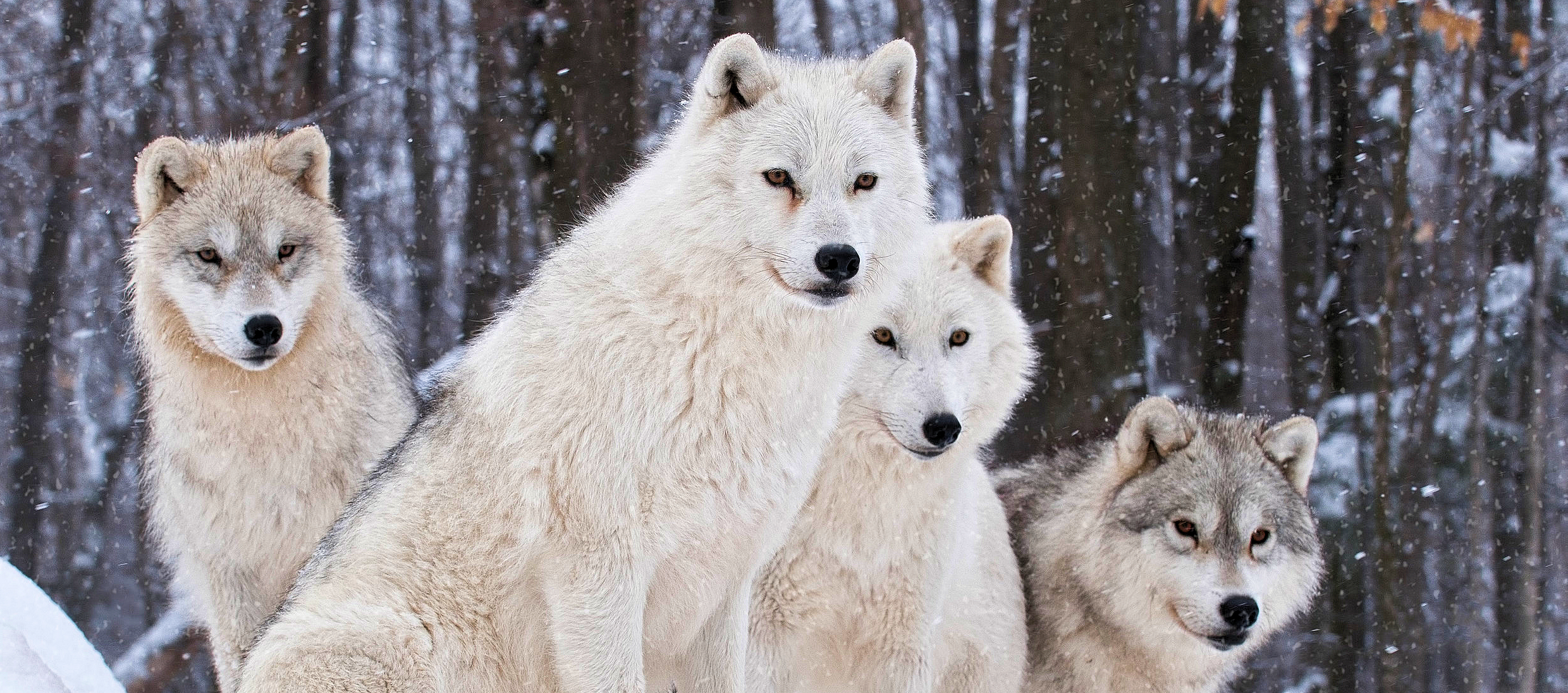
Our History
In the ancient time, millennia before it was re-inscribed as “New England,” this was the Place of our Ancestors, the Massachuseseuck People. We had a deep understanding of our connection to and inherent embeddedness in this Land. This included the embrace of our duties and responsibilities as caretakers of the Land and of all things in and around it.
The many People of the Eastern Algonquin linguistic origins carry a deep sense of “Place,” or belonging to and part of the Land of our Tribal origins. These were the Lands of the Ninnimissinouk: the many People of Southern New England, including the Pawtucket, Massachusett, Mattakeeset, Narragansett, Niantic, Nipmuc, and Nemasket, Pocasset, Pokanoket, and the Pequot, Mohegan, and Sakonnet.
We exercised stewardship of the Lands long before the Pilgrims arrived in 1620. We traded and interacted with Europeans perhaps as early as the year 1000 AD with some Norwegian scholars believing Leif Ericson visited and even wintered here. It is also believed that other Europeans also visited the coastal areas of the Ninnimissinouk forming trading agreements, diplomatic ties, and commerce with the Native people many more years before the “arrival” of Columbus to the new world.
It was our Ancestors that endured “first contact” with those European immigrants who came to create permanent settlements in the Land of people well established for thousands of years. When the Pilgrims, they were met by the Abenaki Sagamore Samoset, who later introduced them to the Chief Sachem Ousamequin Massasoit, leader of a large federation of Tribal Nations which included the powerful Pokanoket, Nemasket, and the Pocasset people. This skilled leader was able to keep peace and relative balance between immigrants and native people which was not without consequences.
In the summer of 1675, fifty-five years of uneasy co-habitation finally reached a tipping point. In June of that year, a conflict erupted known in history as King Philip’s War. This war would be one of the bloodiest and most costly conflicts for natives and the colonists. In the end, it would determine the destiny of a Land that would later become the United States of America at the cost of Indigenous peoples across the continent.
In 1709, Benjamin Church granted some of the surviving Native American Indians a 200-acre reservation on the Watuppa in the northeastern portion of the present-day town of Fall River just north of the town of Westport. This reserve is internationally recognized and protected under law, as outlined in the 1713 treaty of Portsmouth and the 1725 Treaty of Boston.
In 1869, the Commonwealth of Massachusetts passed the Enfranchisement Act, which would dissolve reservation status for Lands held by the tribes and replace it with fee-simple property. Our predecessors successfully defended their right to the Land and resisted this act and other subsequent attempts to slice up the Watuppa Reservation.
We are still here and we shall remain.
